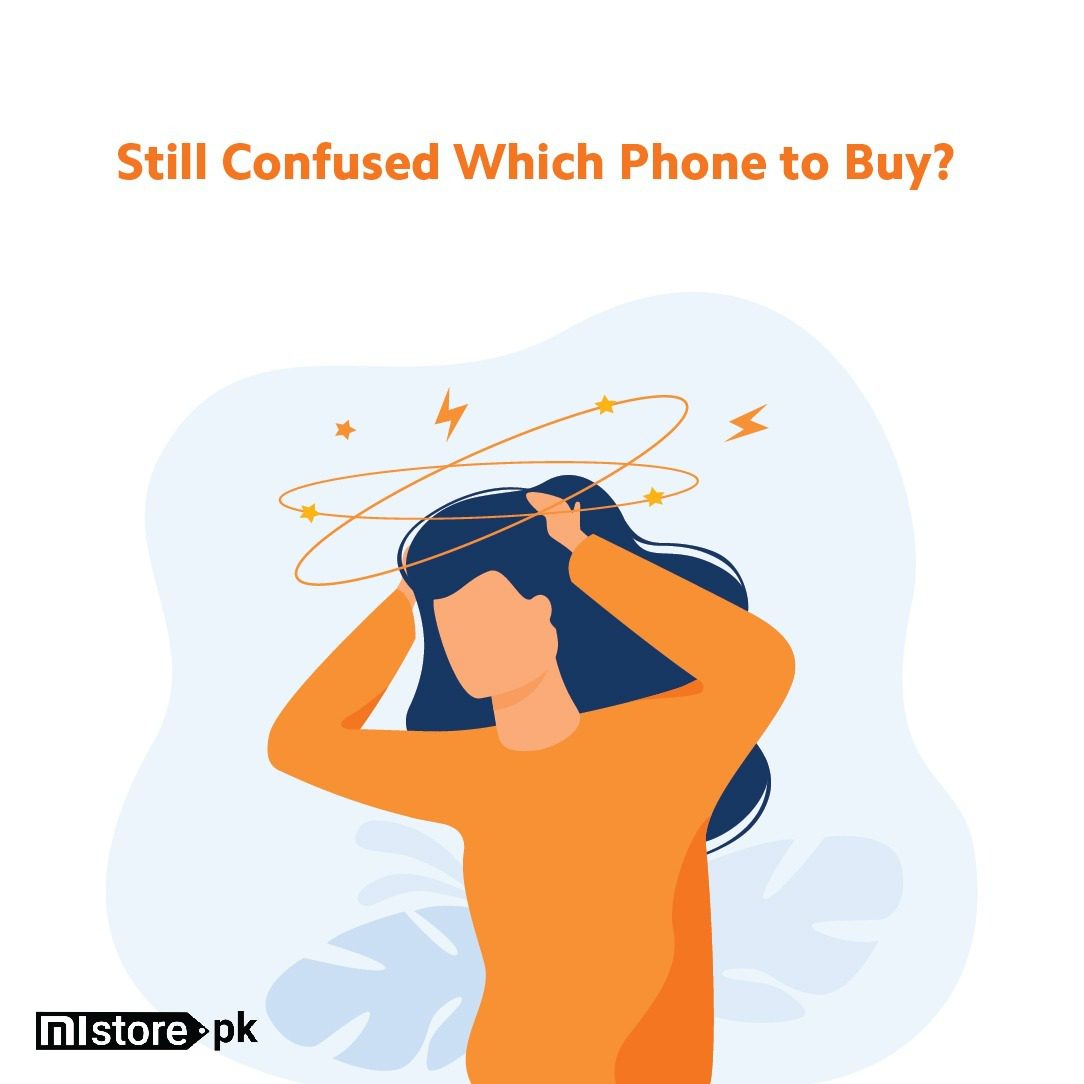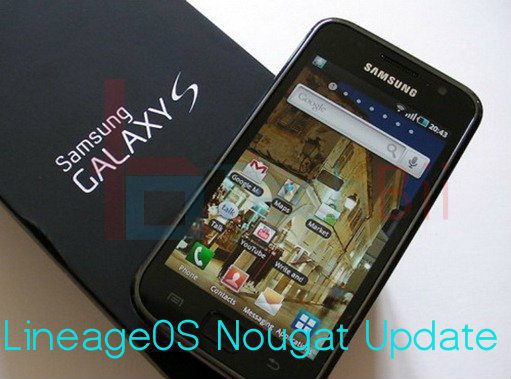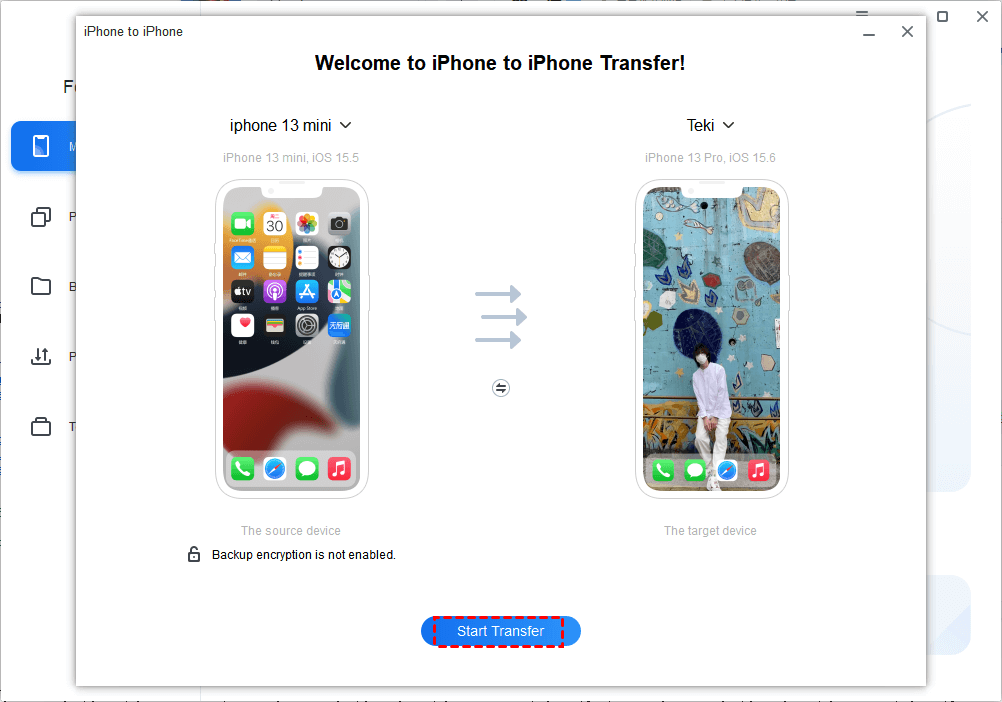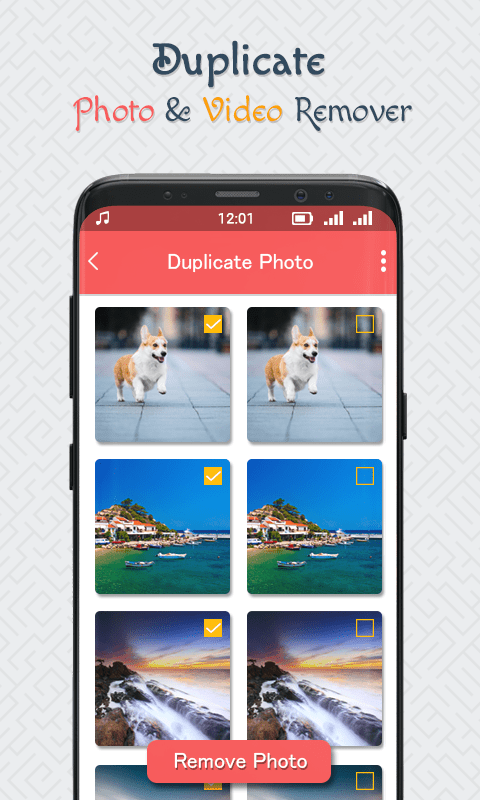If you are out in the market to buy the latest and greatest smartphone, you could be either considering an iPhone or an Android device. Android offers you a myriad of hardware options. Apple’s iPhone, on the other hand, is as streamlined as a phone could get. However, the differences do not end there. If you are going to buy a smartphone for the first time and don’t know much about either platform, it’s imperative you learn the major differences between the two so you can decide what suits your requirements the best.

Choices, Updates, and Prices
As aforementioned, if you go the Android route, you are looking at a sea of smartphones. Samsung, LG, ASUS, Xiaomi, Huawei, Sony, etc. make Android phones. And then there are many other lesser-known or no-name brands that make Android smartphones too. Even Amazon came out with its smartphone that had an operating system based on Android.
This number of options have their positives and negatives. On the positive side, you have phones in different sizes and designs. Also, Android caters to various segments of the market. If your budget is low, Android gives you solid options. A deal on an Android phone is never difficult to find. And if you are looking for the best phone hardware combination possible, Android still has you covered.
With an iPhone, your choices are limited, and you are also likely to spend more on an iPhone. If you want a really good deal on an iPhone, you’ll probably have to look at the older models, such as the iPhone 7 Plus. Even then, the iPhone 7 Plus wouldn’t come close to the budget-friendly Android phones.
However, the negative side of this sea of options is fragmentation. This is an issue since it would take longer for Android phones to get updated. At any given time, the majority of Android devices are running on an OS that is at least a generation or two older. With the exception of Google’s Pixel devices and a handful of Android One-branded phones, your Android device would most likely not run on the latest and greatest Google software.
iPhones have never had this issue because both the hardware and software are made by Apple. Also, Apple releases only a couple or three handsets every year. iOS, Apple’s mobile OS, is optimized for these phones, and updating these phones, as a result, has never been an issue for the company. Even iPhones that were first sold two or three years ago run on the latest Apple software. This explains why iPhones have a longer shelf life and retain their value for long.
Ease of Use, Customisation, and Security
When iPhones were first released in 2007, they were a far cry from the clumsy smartphone user interfaces that were relevant back then. Android was first released in September 2008 and even the new smartphone OS couldn’t significantly salvage the situation for non-iPhone users. However, it’s been more than a decade and Android has evolved and come a long way since then. Today, both Android and iOS are easy to use. If you find Apple’s mobile OS seamless, you shouldn’t have many issues using Android.
Android, however, stands out with the customization options it offers. You can change how your Android phone’s user interface looks in innumerable ways. iPhone is not too open to such changes. If you and your friend have an iPhone, the home screens of both phones would invariably look the same. Even the app icons cannot be redesigned or rearranged on an iPhone. The only thing that could be changed is the wallpaper, but that too gets hidden behind the stack of apps on the front.
If digital security is paramount to you, then iPhones still hold the edge. This doesn’t mean Google’s phones have security issues; it’s just that the company isn’t as conscientious as Apple. Signs of this could be seen in Google Play where the number of apps that pose security risks is more compared to the App Store. In other words, if an app has a security loophole, it would not be able to enter the iPhone’s official app marketplace. The same cannot be said about Android.








